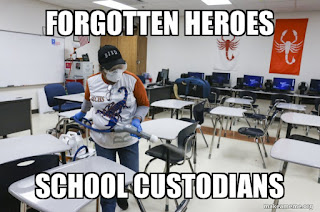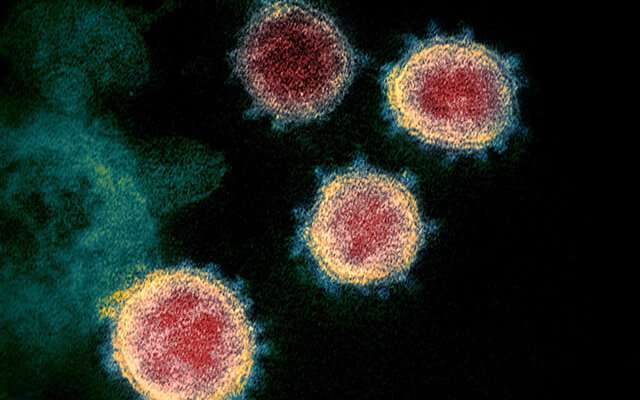AI devising a more equitable tax system

Everybody loves to hate taxes. And unless you are lucky enough to live in one of a small handful of countries with no income tax—Bermuda, Monaco or the United Arab Emirates, for instance—you likely dread Tax Day when you dig deep into your pockets and send a chunk of your hard-earned cash to government coffers.
Billions of words have been written about taxes. Former U.S. Supreme Court Justice Oliver Wendell Holmes Jr. proudly declared, "I like to pay taxes. With them, I buy civilization." But Mark Twain scowled, " The only difference between a tax man and a taxidermist is that the taxidermist leaves the skin."
Billions of words have been written about taxes. Former U.S. Supreme Court Justice Oliver Wendell Holmes Jr. proudly declared, "I like to pay taxes. With them, I buy civilization." But Mark Twain scowled, " The only difference between a tax man and a taxidermist is that the taxidermist leaves the skin."
In the end, what we can most hope for is a fair tax system. Economists have opined about the most equitable system of taxation for ages. Tax too much and you reduce the incentive to earn more. Tax too little and those who are not rich suffer more. There has always been little agreement among economists on the best approach. Place 10 economists in a room, as the saying goes, and you will come up with 11 opinions.
Against that backdrop, scientists at the U.S. business technology company Salesforce devised an artificial intelligence system charged with testing and developing the ideal tax system in a simulated environment. The program, called AI Economist, applies reinforcement learning to help governments worldwide achieve a more equitable taxation system. Reinforcement learning is the application of reward and punishment to machine algorithms for the purpose of maximizing desirable outcomes. That concept was used in Google's DeepMind projects AlphaGo and AlphaZero.
The AI Economist team states in a report recently posted on the company's website: "Economic inequality is accelerating globally and is a growing concern due to its negative impact on economic opportunity, health and social welfare. Taxes are important tools for governments to reduce inequality. However, finding a tax policy that optimizes equality along with productivity is an unsolved problem."
Richard Socher, who heads up the six-person research team, further explained, "With the AI Economist, we've applied reinforcement learning algorithms to discover how novel tax frameworks can reduce inequality and improve economic productivity, and ultimately make the world a better place."
The program basically creates massive numbers of ecosystems with theoretical workers who trade currency and construct homes. Pay levels and skill sets vary and a "tax master" controlled by AI determines optimal tax rates. Millions of years of hypothetical economic models are constructed to determine the system that achieves the greatest productivity and the greatest income.
Salesforce researchers say economists tend to rely on theorems based on rational behavior. Machine learning allows them to introduce unexpected behaviors.
Salesforce researchers say economists tend to rely on theorems based on rational behavior. Machine learning allows them to introduce unexpected behaviors.
"Our model is incredibly powerful," said team member Nikhil Naik. "Our world today is getting more complex and economic theories of the future need to be able to seamlessly incorporate additional requirements such as environmental protection. In addition, economic agents often exhibit complex, irrational, competitive or collaborative behaviors. AI helps to model such complexity and a broad spectrum of behaviors."
The researchers say their models have achieved scenarios that are 16 percent more effective than real-world economic models created by economists.
Recognizing the problem of corruptive political considerations in tax policy, team member Alex Trott said, "It would be amazing to make tax policy less political and more data driven."












